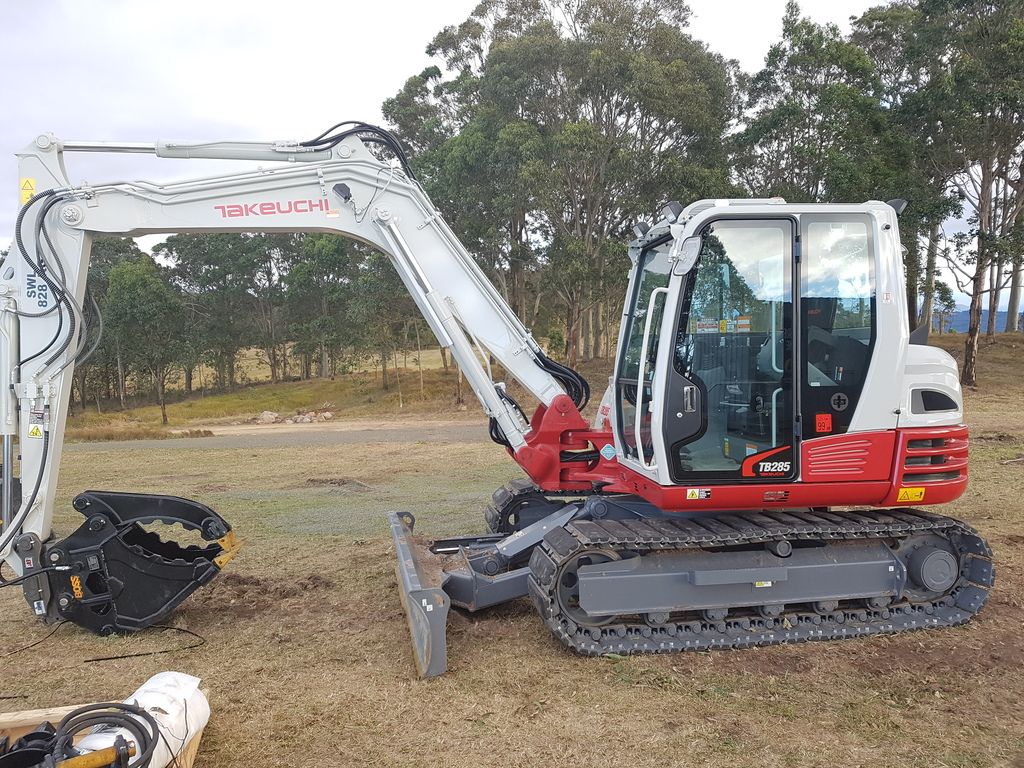
 3
3




Rapping about Permaculture? You betcha! http://www.permies.com/t/50884/art/Music-Permaculture












 1
1




Idle dreamer
 1
1








Everyone should stop being so naive and close minded and just start experimenting to make a better world.
 1
1




Permaculture and Homestead Blogging on the Traditional Catholic Homestead in Idaho! Jump to popular topics here: Propagating Morels!, Continuous Brew Kombucha!, and The Perfect Homestead Cow!
 1
1




Rick Valley at Julie's Farm

 1
1




Hans Albert Quistorff, LMT projects on permies Hans Massage Qberry Farm magnet therapy gmail hquistorff
 1
1




'Theoretically this level of creeping Orwellian dynamics should ramp up our awareness, but what happens instead is that each alert becomes less and less effective because we're incredibly stupid.' - Jerry Holkins
 1
1




Permaculture Designer
Natural Builder
Crazy fire builder
James @ KniskernKnoll
https://www.facebook.com/james.kniskern
https://www.facebook.com/KniskernKnoll

 1
1




List of Bryant RedHawk's Epic Soil Series Threads We love visitors, that's why we live in a secluded cabin deep in the woods. "Buzzard's Roost (Asnikiye Heca) Farm." Promoting permaculture to save our planet.








Zone 5/6
Annual rainfall: 40 inches / 1016 mm
Kansas City area discussion going on here: https://www.facebook.com/groups/1707573296152799/
 4
4








'Theoretically this level of creeping Orwellian dynamics should ramp up our awareness, but what happens instead is that each alert becomes less and less effective because we're incredibly stupid.' - Jerry Holkins
 1
1










Idle dreamer









Permaculture and Homestead Blogging on the Traditional Catholic Homestead in Idaho! Jump to popular topics here: Propagating Morels!, Continuous Brew Kombucha!, and The Perfect Homestead Cow!
















List of Bryant RedHawk's Epic Soil Series Threads We love visitors, that's why we live in a secluded cabin deep in the woods. "Buzzard's Roost (Asnikiye Heca) Farm." Promoting permaculture to save our planet.











Adam Rust wrote:Hi Dillon,
Personally, I'm planning on doing a lot of hillside farming, so I'm working on terraces, swales, hugelbeds, etc. I don't really have any need for PTO applications. About the only thing I would possibly need a PTO for is a big mower or bushhog. For that, I might someday buy a junky old tractor with PTO and the bushhog attachment, but I'll spend the least amount of money on that as possible because it's not a high priority for me. I generally try to avoid having lots of different machines. That's why I stick with a backhoe. It's the one machine with which I can do almost everything I need. For the few things I can't do with it (e.g. mowing), I may just need to bite the bullet and get a second machine for those few applications that a backhoe won't handle well, unless I can get some goats to do my mowing for me.
.
Hans Albert Quistorff, LMT projects on permies Hans Massage Qberry Farm magnet therapy gmail hquistorff
 3
3




"Where will you drive your own picket stake? Where will you choose to make your stand? Give me a threshold, a specific point at which you will finally stop running, at which you will finally fight back." (Derrick Jensen)
 1
1




 1
1




Adam Rust wrote:Thanks for your input on this topic, Devin. I agree 100% with your assessment.
"Where will you drive your own picket stake? Where will you choose to make your stand? Give me a threshold, a specific point at which you will finally stop running, at which you will finally fight back." (Derrick Jensen)
 1
1












Not a fun thing to happen as it is dangerous to contact skin or eyes.
Everyone should stop being so naive and close minded and just start experimenting to make a better world.




This toxicological profile discusses only three classes of hydraulic fluids: mineral oil hydraulic fluids, polyalphaolefin hydraulic fluids, and organophosphate ester hydraulic fluids. The classes are based on the major chemicals found in the hydraulic fluids. However, hydraulic fluids are often complex mixtures of many chemical components. A particular hydraulic fluid can differ in its chemical components from another hydraulic fluid even if the two fluids are in the same class. Thus, effects of exposure may differ.
"Where will you drive your own picket stake? Where will you choose to make your stand? Give me a threshold, a specific point at which you will finally stop running, at which you will finally fight back." (Derrick Jensen)














 2
2




![Filename: PTOgenerator.jpg
Description: [Thumbnail for PTOgenerator.jpg]](/t/51337/a/42659/PTOgenerator.jpg)
“The most important decision we make is whether we believe we live in a friendly or hostile universe.”― Albert Einstein
 1
1













"What is worth knowing, is difficult to learn"








 1
1




Standing on the shoulders of giants. Giants with dirt under their nails

|
this llama doesn't want your drama, he just wants this tiny ad for his mama
Homestead Pigs Course
https://permies.com/wiki/365748/Homestead-Pigs
|
.jpg)






